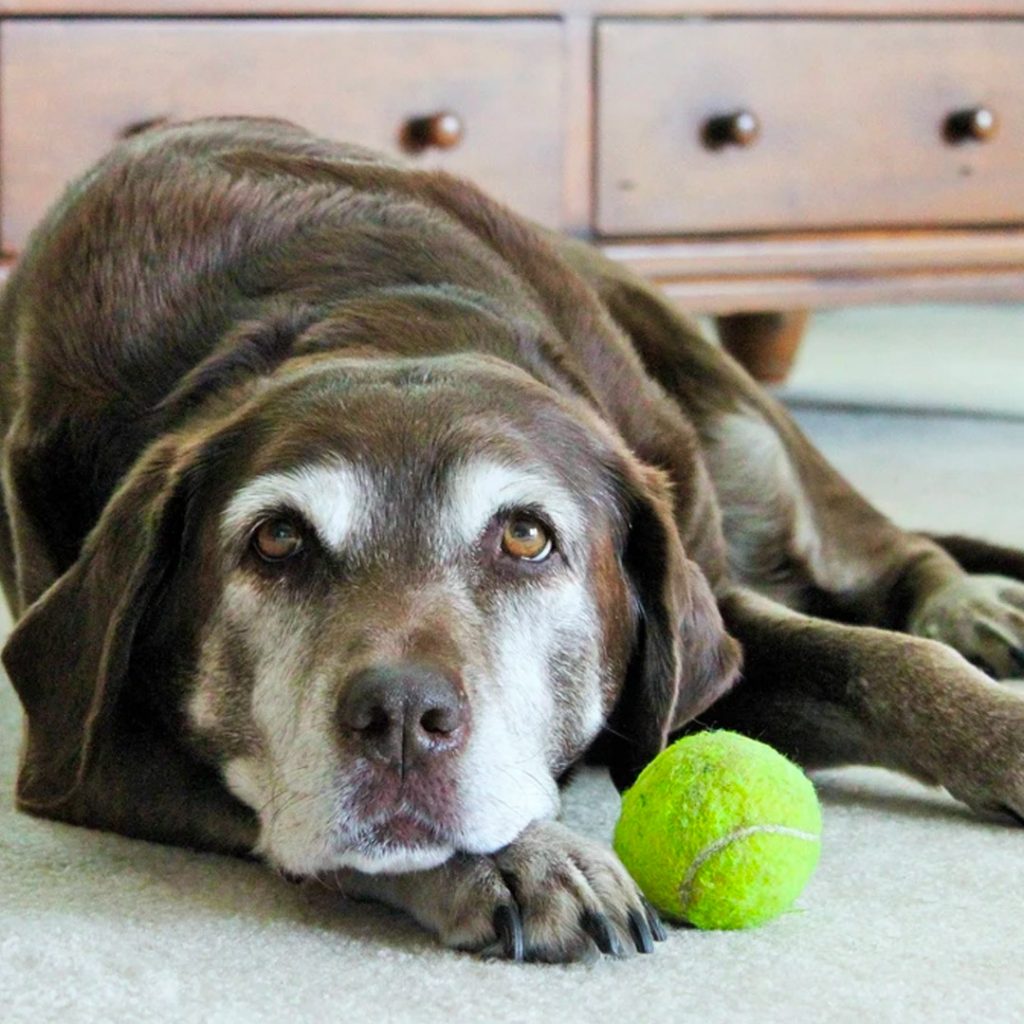The Gold Standard in Physiotherapy and Hydrotherapy for dogs
The Gold Standard in Physiotherapy and Hydrotherapy for dogs

The atlanto-axial joint is the joint between the first and second cervical bones in the neck, referred to as the atlas and axis respectively. It differs from the joints between the other vertebrae in that there is no ‘disc’ present. Instead, the atlanto-axial joint is stabilised by ligaments just like those in the joints in a leg. Subluxation of the atlanto-axial joint occurs when the normal alignment of the first and second vertebrae in the neck is disrupted. This results in excessive movement of this joint which can cause neck pain and pressure on the nerves of the spinal cord which runs through the tunnel created by the vertebrae.
Affected dogs may show signs of:
A detailed neurological examination is necessary to detect evidence of spinal cord injury and possible neck pain. Investigations are then required to confirm atlanto-axial subluxation and distinguish it from many other neck problems. Investigations usually require a general anaesthetic and this must be undertaken with extreme care, as manipulation of the neck can exacerbate any spinal cord injury.
The two ways to manage atlanto-axial subluxation.
Conservative treatment
This involves strict cage rest, application of a neck brace and giving painkillers. Maintaining a neck brace, often for several weeks, is very difficult and is poorly tolerated by many patients.
Surgery
The aim of surgery is to stabilise (fuse) the atlanto-axial joint in a normal position. This alleviates neck pain and enables the spinal cord to recover from injury. Atlanto-axial subluxation surgery should only be performed by experienced surgeons with advanced training.
Rehabilitation therapy is a key component in helping aid the recovery from neurological diseases. Once the vet has diagnosed your pet and completed any surgeries, our team can can step in to aid the long road to recovery.
Initial therapy may include standing exercises, as well as range of motion exercises. These are complimented with pain control and toe pinch exercises. An important part of the retraining is aquatic rehabilitation. Often, with more severe cases, one of our trained neurological hydro therapists will assist the dog whist in our underwater treadmill.
Other exercises include balance exercises, core stability and spacial resistance band walking, physio-roll balancing and home specific exercises. In the hydrotherapeutic environments, the dogs will walk and train with resistance against the water, whether walking or swimming. We also use therapeutic electrotherapies to deep-heat muscles, cryotherapy and laser therapy to aid the recovery process.
Our friendly and skilled physiotherapists are ready to help you and your dog with their rehabilitation.
The content on this page is for advice and information only and does not represent veterinary guidance or direction. Please always consult a veterinary surgeon if you are worries about your dog.